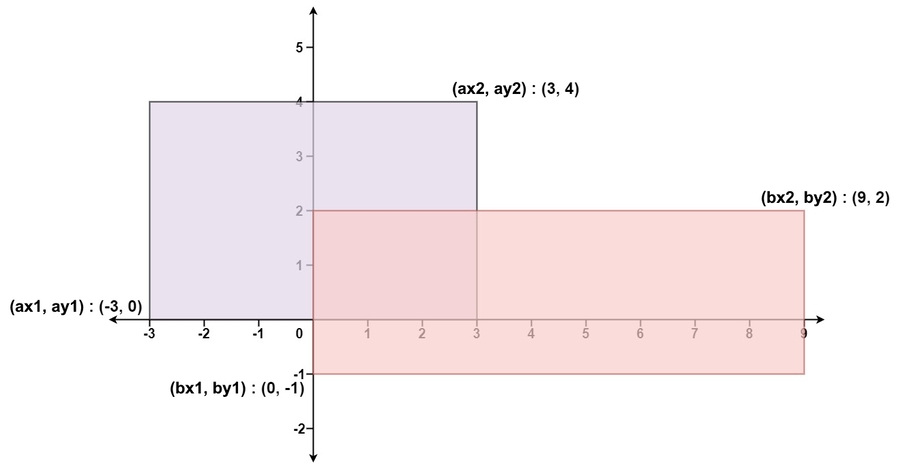2022-05-27
Description
Given an integer n, return true if it is a power of two. Otherwise, return false.
An integer n is a power of two, if there exists an integer x such that n == 2x.
Example 1:
Input: n = 1
Output: true
Explanation: 20 = 1Example 2:
Input: n = 16
Output: true
Explanation: 24 = 16Example 3:
Input: n = 3
Output: falseConstraints:
-2^31 <= n <= 2^31 - 1
Follow up: Could you solve it without loops/recursion?
Solution
Approach #0
func isPowerOfTwo(n int) bool {
return n > 0 && n&(n-1) == 0
}Approach #1
func isPowerOfTwo(n int) bool {
big := 1 << 30
return n > 0 && big%n == 0
}Description
Write a function that takes an unsigned integer and returns the number of '1' bits it has (also known as the Hamming weight).
Note:
Note that in some languages, such as Java, there is no unsigned integer type. In this case, the input will be given as a signed integer type. It should not affect your implementation, as the integer's internal binary representation is the same, whether it is signed or unsigned.
In Java, the compiler represents the signed integers using 2's complement notation. Therefore, in Example 3, the input represents the signed integer.
-3.
Example 1:
Input: n = 00000000000000000000000000001011
Output: 3
Explanation: The input binary string 00000000000000000000000000001011 has a total of three '1' bits.Example 2:
Input: n = 00000000000000000000000010000000
Output: 1
Explanation: The input binary string 00000000000000000000000010000000 has a total of one '1' bit.Example 3:
Input: n = 11111111111111111111111111111101
Output: 31
Explanation: The input binary string 11111111111111111111111111111101 has a total of thirty one '1' bits.Constraints:
The input must be a binary string of length
32.
Follow up: If this function is called many times, how would you optimize it?
Solution
Approach #0
func hammingWeight(num uint32) int {
count := 0
for num > 0 {
num = num & (num - 1)
count++
}
return count
}Approach #1
func hammingWeight(num uint32) int {
count := 0
for i := 0; i < 32; i++ {
if 1<<i&num > 0 {
count++
}
}
return count
}Description
Given the coordinates of two rectilinear rectangles in a 2D plane, return the total area covered by the two rectangles.
The first rectangle is defined by its bottom-left corner (ax1, ay1) and its top-right corner (ax2, ay2).
The second rectangle is defined by its bottom-left corner (bx1, by1) and its top-right corner (bx2, by2).
Example 1:

Input: ax1 = -3, ay1 = 0, ax2 = 3, ay2 = 4, bx1 = 0, by1 = -1, bx2 = 9, by2 = 2
Output: 45Example 2:
Input: ax1 = -2, ay1 = -2, ax2 = 2, ay2 = 2, bx1 = -2, by1 = -2, bx2 = 2, by2 = 2
Output: 16Constraints:
-10^4 <= ax1, ay1, ax2, ay2, bx1, by1, bx2, by2 <= 10^4
Solution
Approach #0
func computeArea(ax1 int, ay1 int, ax2 int, ay2 int, bx1 int, by1 int, bx2 int, by2 int) int {
area1 := (ax2 - ax1) * (ay2 - ay1)
area2 := (bx2 - bx1) * (by2 - by1)
overlapWidth := min(ax2, bx2) - max(ax1, bx1)
overlapHeight := min(ay2, by2) - max(ay1, by1)
overlapArea := max(overlapWidth, 0) * max(overlapHeight, 0)
return area1 + area2 - overlapArea
}
func max(a, b int) int {
if a > b {
return a
}
return b
}
func min(a, b int) int {
if a < b {
return a
}
return b
}Last updated